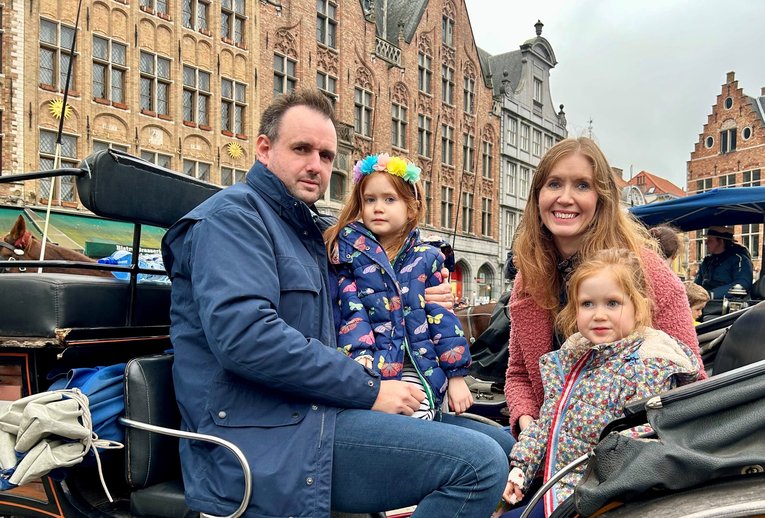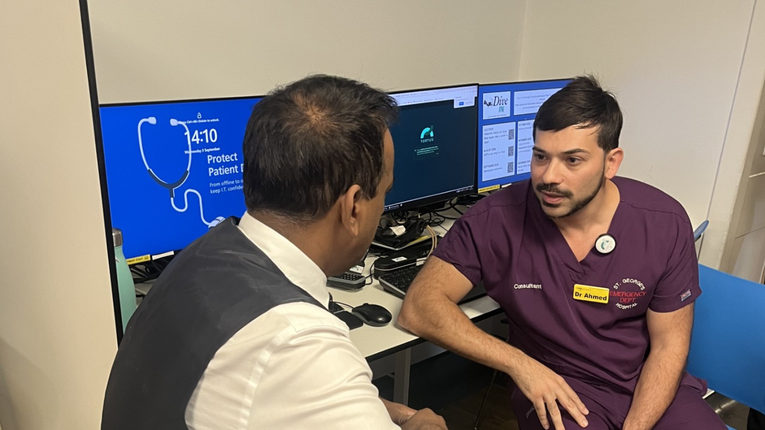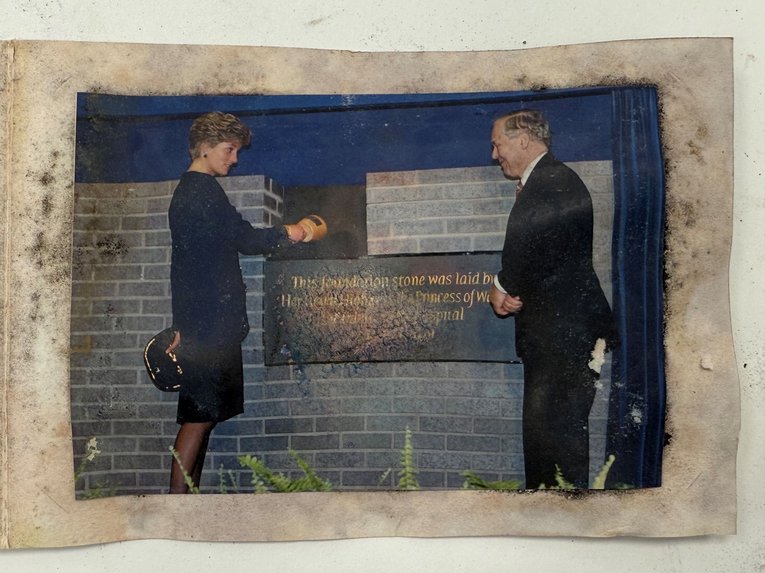
https://www.gosh.nhs.uk/news/clinical-trial-for-children-with-rare-skin-condition-gets-underway/
Clinical trial for children with rare skin condition gets underway
18 Nov 2021, 9:07 a.m.
Clinicians at Great Ormond Street Hospital (GOSH) have begun the largest ever stem cell clinical trial for children with the severe genetic skin condition Recessive Dystrophic Epidermolysis Bullosa (RDEB).
What is Recessive Dystrophic Epidermolysis Bullosa (RDEB)?
Children with RDEB have skin that is damaged by even the smallest amount of friction which causes severe blistering, deep wounds, and scars. It is caused by a fault in a gene that makes collagen, a protein that holds the layers of skin together.
Currently, there is no effective treatment for the estimated 100 children in the UK living with RDEB. Much of the focus being on managing the symptoms of the condition. This includes daily bandaging to cover open wounds and to prevent further friction. Blisters must be regularly popped, and eye ointments need to be applied to prevent scratches to the cornea of the eye. These management techniques can be incredibly painful, as well as time consuming for the child and their family.

Gabrielius
Trialling stem cell treatment
The trial, led by Dr Anna Martinez, and in collaboration with clinicians from Birmingham’s Children’s Hospital, is aiming to treat 36 children who have RDEB with infusions of stem cells derived from umbilical cord tissue. It is thought these stem cells move to the sites of damaged tissue, where, they signal to other cells in the area to stimulate tissue regeneration, improve wound healing and reduce scarring.
Initially, the first six months of the trial will focus on treating nine children at GOSH. This is to monitor the safety and dosage of the treatment. Once the safest dosage is determined, the next group of children will be able to receive treatment. If successful, this trial will pave the way towards routine clinical care for children with RDEB across England.
This research is built on the GOSH team’s previous work where they treated 10 children with RDEB using stem cells derived from bone marrow. This work showed the treatment was safe in children, as well as effective in reducing pain and itching for up to six months.
Gabrielius' story
Gabrielius is one of the first children participating in the trial.
Born at his local hospital in Dagenham at quarter to midnight, the doctors immediately noticed a wound on Gabrielius' right leg and asked if they could take photos and send them to GOSH for further examination. Two weeks later, Gabrielius was officially diagnosed with RDEB.
During those two weeks, Gabrielius stayed in the hospital, where his mum, Jolita, was shown how to take care of his which was as delicate as a butterfly wing.
"The first two years were really hard as you had to watch him constantly – even rubbing his eyes could cause painful blistering. When that little he couldn't even tell us how much pain he was in or where he was hurting."

Gabrielius riding a bike
Now a high-spirited nine-year-old who loves Lionel Messi, Lego and speaks three languages, Gabrielius needs his bandages changing three times a day, or more frequently if he is injured. His condition also means he cannot do all the things a typical nine-year-old can enjoy, like wearing proper football boots or riding a bike without stabilisers.
However, participation in this trial has provided both Gabrielius' and his mum with hope for a future with less wounds and pain, and the opportunity do more of the activities Gabrielius' loves.
"I feel pretty excited as if I can get rid of this EB I can do nearly anything that I want, like play football in a real team."
The trial has been made possible thanks to over £4.5 million of funding from the National Institute for Health Research (NIHR) in partnership with NHS England and NHS Improvement as well as a grant from the EB research charity Cure EB. The University of Sheffield Clinical Trials Research Unit (CTRU) has been overseeing the study and working closely with the GOSH research team over the past 3 years. This is one of the largest funding awards for clinical research in the history of GOSH.
Information for patients and families
For additional support and guidance for children experiencing EB and their families - access the Cure EB website.

Scientists discover clues to help children with rare muscle disease
New ground-breaking research by experts at Great Ormond Street Hospital (GOSH) and University College London (UCL) has led to an exciting discovery that could help children with the rare muscle disease, juvenile dermatomyositis (JDM).

GOSH-led trial of AI-scribe technology shows ‘transformative’ benefits for patients and clinicians across London
A major GOSH-led study has found that AI-scribing technology can significantly reduce clinician workload while improving patient care

GOSH marks Childhood Cancer Awareness Month
Join us in the Lagoon on 3, 4 and 30 September between 11am and 2pm for a range of activities to mark Childhood Cancer Awareness Month.

90s time capsule sealed by Diana, Princess of Wales, revealed
A time capsule, laid by Diana, Princess of Wales, at Great Ormond Street Hospital (GOSH) 34 years ago has been opened to enable construction of the hospital’s new Children’s Cancer Centre
